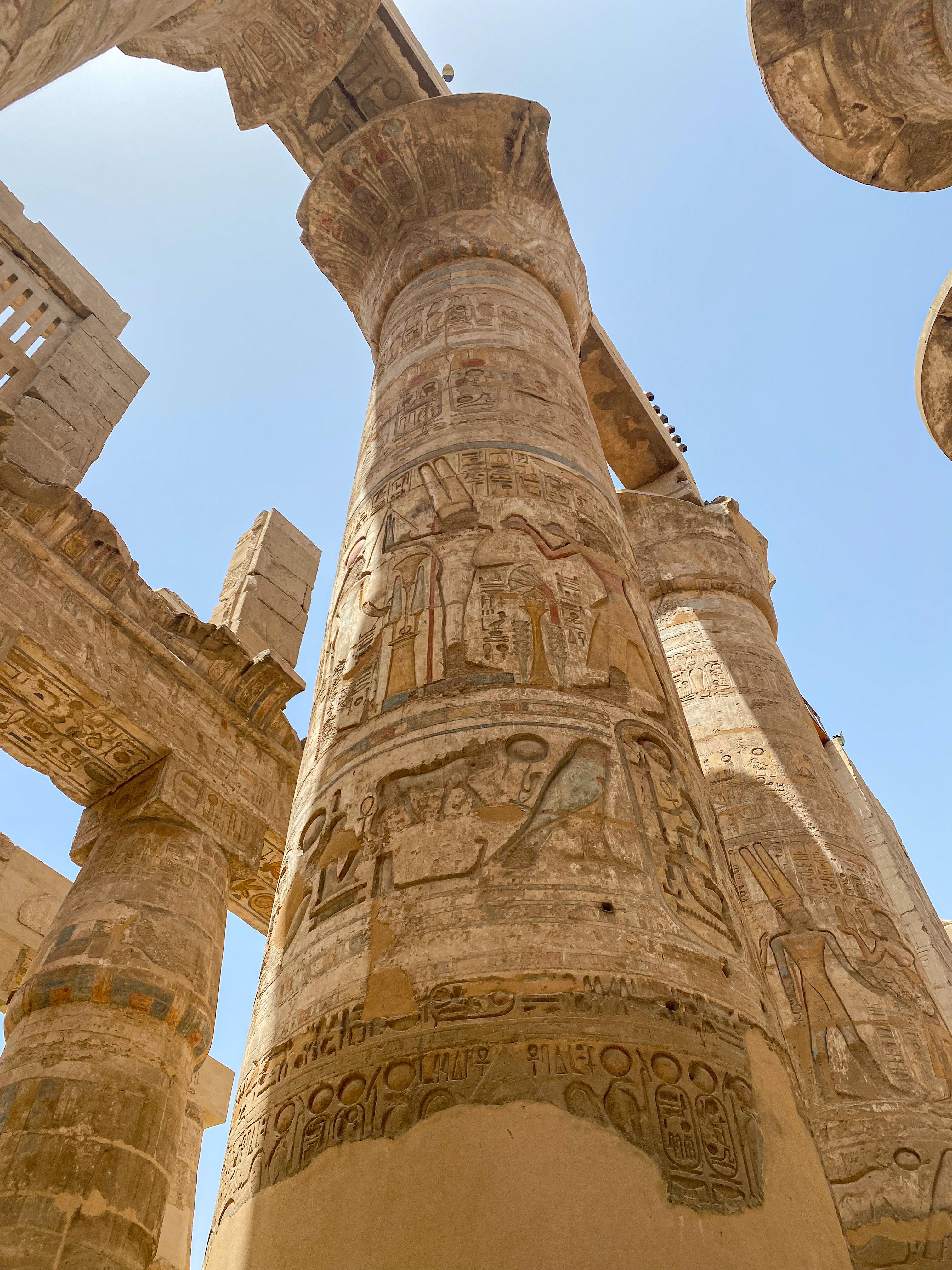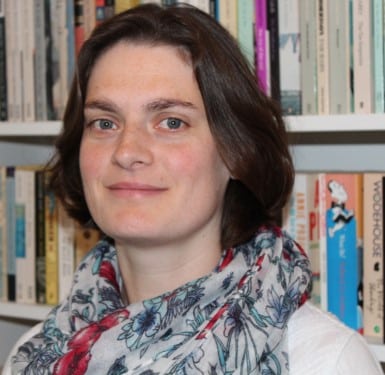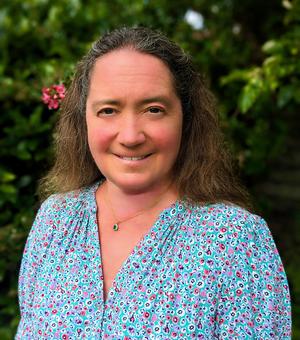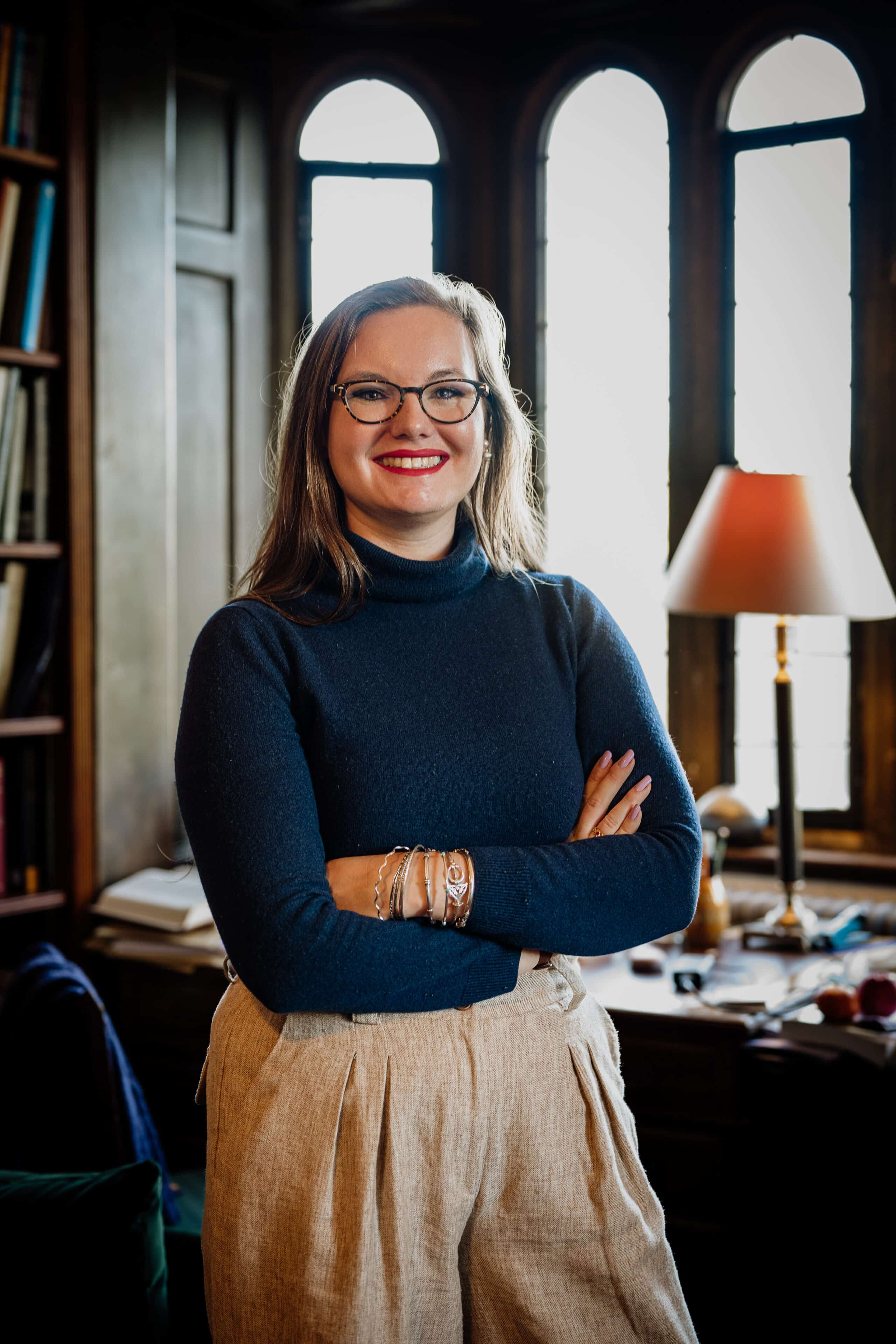
Why study Classical Archaeology and Ancient History at St Hilda’s?
CAAH students approach the civilizations of Greece and Rome through their written texts, visual art and material remains, and the course is accessible to anyone with a strong enthusiasm for studying the Classical world.
CAAH students across the University work towards the same degree. At St Hilda’s we have a strong tradition of supporting students from a diverse range of backgrounds to realise their potential and achieve excellent results. From the purely practical provision of generous travel grants to a lively social calendar, we are confident that the study of CAAH here is both academically rigorous and enjoyable. CAAH students at St Hilda’s are part of a large and vibrant Classical community at the undergraduate, postgraduate, and senior levels, with regular invited speakers and social events. This is a friendly and academically challenging environment in which students flourish and develop, as they receive the support needed to achieve their full potential.
Generous bequests mean that we are fortunate enough to be able to offer substantial financial help towards the cost of travel to Classical sites around the Mediterranean world, and we encourage students to make the most of this opportunity for broader travel, in addition to the field work which is a compulsory part of the course.
The St Hilda’s Classics Society is set up and run by undergraduates, the society hosts regular speakers on classical themes, as well as social events such as dinners, classical film nights and trips to museums.
Working life of a Classical Archaeology and Ancient History student
You may be wondering what the day-to-day life of a CAAH student at St Hilda’s is like. Your days at university are on the whole less strictly timetabled than they are at school. Nevertheless, there’s a great deal to fit in on the academic side: centrally run classes and lectures, tutorials in college, classes for Latin and Greek, if you have chosen to learn a Classical language, and many hours of private study.
In the first year, CAAH students take four papers. There are two compulsory ‘core’ papers on ‘Aristocracy and Democracy in the Greek world, 550-450 BC’ and ‘Republic to Empire: Rome, 50BC-AD50’.Both of these are ‘team-taught’ in centrally run classes, bringing together students from different colleges, by an Ancient Historian and a Classical Archaeologist. The idea is that students will learn how to ‘knit’ together the distinctive but complementary approaches to the ancient world that the two different disciplines offer. In addition to these core elements, first-year students choose two other papers drawn from a list of options in Ancient History (eg. Thucydides and the West; Cicero and Catiline), Classical Archaeology (eg. Greek Vases; Roman Architecture), or a Classical Language (Latin or Greek can be studied from scratch or at an intermediate level).
In the second part of the course, there is a wide choice in many areas of Ancient History and Classical Archaeology, including some broader topics, such as Egyptian Art and Architecture or Sexuality and Gender in the Greek and Roman World. Students have the opportunity to develop their own interests in particular subjects, especially in their museum or site report, a piece of independent research which brings together their skills at the end of the course. For more details on the syllabus, see the Classics Faculty website.
In the first term, your time is divided between lectures, the Greek core classes (one a week), some introductory sessions on ‘key skills’(eg. basic Latin and Greek literacy, scientific methods in archaeology, approaches to history) making a start on tutorials for your historical option paper (or language classes, if appropriate) and private study.
You will usually have one or two tutorials or classes a week. The tutorial is a meeting between a tutor and a small number of students (normally two or three) where a particular topic is discussed. Students prepare work in advance for every tutorial they attend; this is often, but not always, an essay. Classes may involve as many as eight students and demand a combination of essay work, contribution to class discussion, and student presentations on different aspects of a topic.
Your tutor for any given subject may or may not be one of the St Hilda’s team, depending on whether your choices match the particular expertise of the college tutors. If not, we arrange for you to be taught by a specialist at another college.
There is an extensive and exciting range of centrally-run lectures on offer every day of the term. Students are encouraged to attend lectures which are directly related to the topics they are studying, as well as to follow their own interests. As a rough guide, most CAAH students go to five or six lectures every week.
Practical archaeology features for all CAAH students in a fieldwork training course at the end of the first year. This is a compulsory part of the degree, which most students find both rewarding and enjoyable. Students can choose to undertake this training in this country or at any approved excavation in the Mediterranean world –recent students at St Hilda’s have completed their fieldwork at Vindolanda on Hadrian’s Wall, in Pompeii, in the Roman Forum and on the island of Menorca. We are lucky to be able to supplement the university’s own financial contribution with generous college grants, to enable our students to undertake their fieldwork in exciting and exotic locations!
CAAH students who choose to study Latin or Greek have language classes three times a week in order to help them to make steady progress and to reach a point where they can make practical use of their knowledge in looking at original texts, legends on coins and inscriptions.
Of course, with terms of only eight weeks, much of the consolidation of and preparation for papers needs to take in the vacations and it is important that students set aside a significant proportion of the vacations for this work. Students benefit enormously from taking the opportunity to mix academic work with their holiday travels and any paid employment during the extensive Oxford vacations.
After St Hilda’s?
St Hilda’s graduates in CAAH have gone on to a diverse set of careers. Many remain so enthusiastic about the subject that they choose to go on to do further research or museum work. Others have gone on to careers in law, theatre and journalism.
Up to 2 places per year
Meet our Academics
You can read more about the course academics via their profiles which can be accessed below.

Classics

Ancient and Modern History
